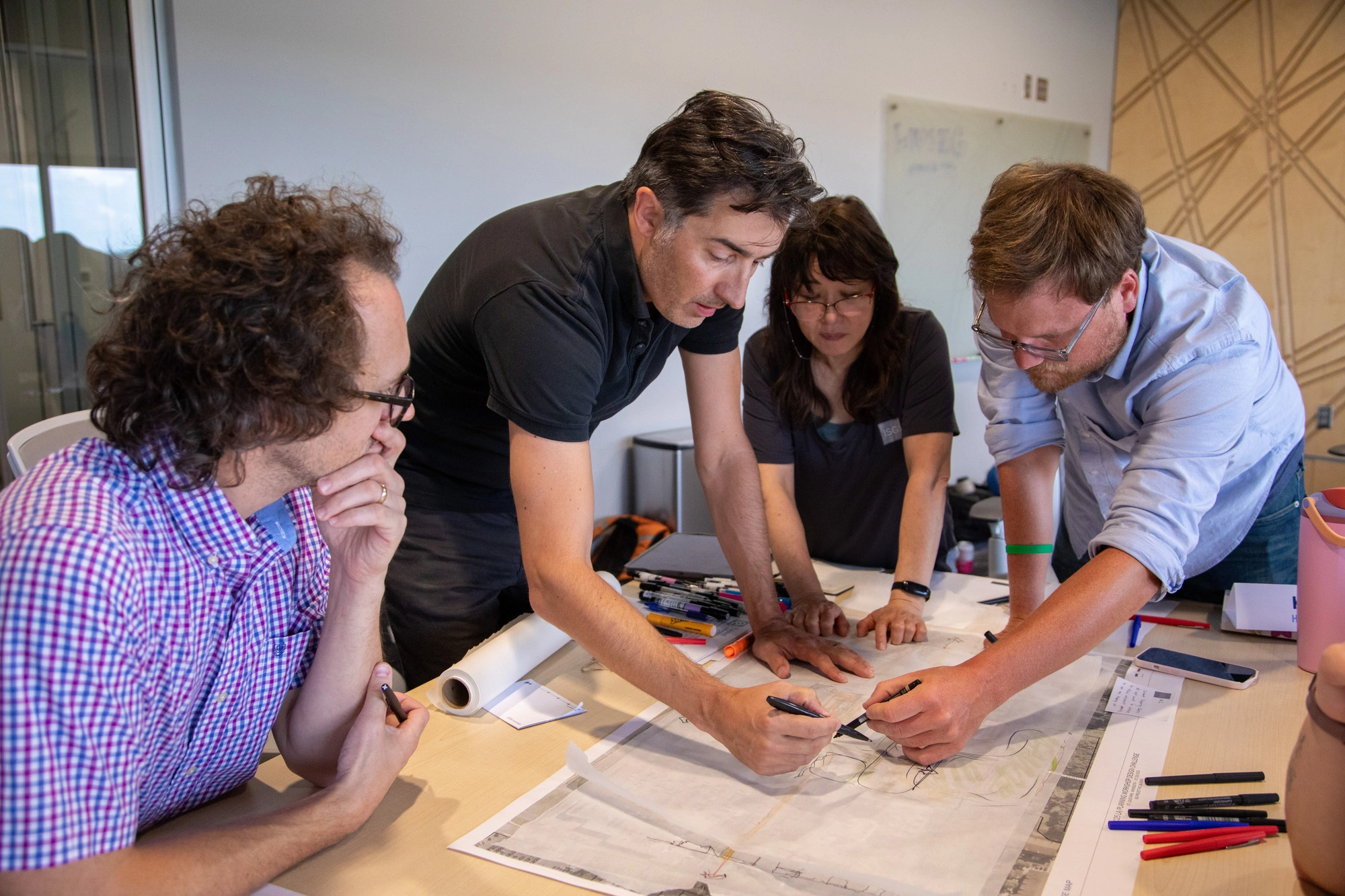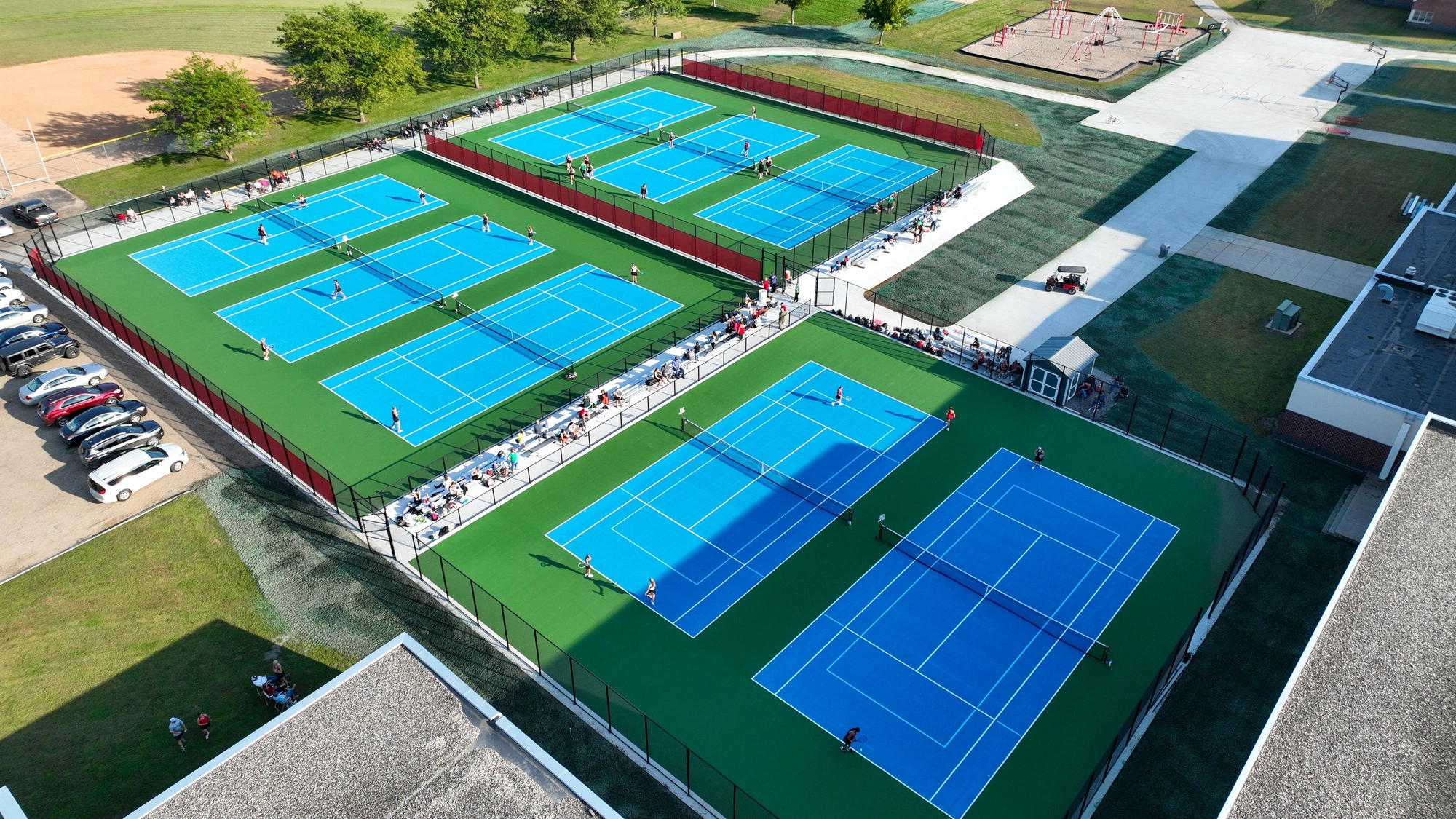Closing the Loop: Connecting Drainage, Irrigation, and the Full Water Cycle in U.S. Agriculture
For too long, we’ve engineered water off our fields, now it’s time to engineer it to stay. As an agricultural engineer and business owner working with producers across the East Coast, I have spent my career focused on drainage, helping farms remove excess water to protect yields, access fields, and build soil health. Over the past few years, my involvement in the groundwater and irrigation world has changed how I view water management in agriculture.
I now see more clearly than ever that we cannot afford to treat drainage and irrigation as separate systems. They are part of a connected cycle: capture, storage, reuse. The future of sustainable agriculture will depend on our ability to integrate them.
The Integration of Disciplines
My work with both communities has made this integration personal. In drainage circles, we talk about moving water off fields efficiently and safely. In irrigation spaces, the focus is often on how to apply water effectively and precisely. But increasingly, these conversations overlap, especially around drainage water recycling.
By capturing tile drainage in the spring and reusing it for irrigation in late summer, producers can create closed loop systems that reduce nutrient runoff, conserve water, and stabilize yields. It is a practical, science-based response to climate variability and resource constraints, and it is relevant in every region, in different ways.
Regional Realities, Shared Priorities
In the Northeast, rainfall is generally abundant but not always well timed. Drainage infrastructure is common; irrigation is less so. Yet, we are seeing more years where late summer drought stress challenges yield potential. This opens the door for hybrid systems, basins, pumps, and reuse strategies that help farms adapt to shifting conditions without drawing from groundwater or distant rivers.
In the Southeast, the conditions are reversed. Irrigation is widespread, especially on high value crops, but drainage is often minimal. Here, the opportunities lie in controlled drainage, tailwater recovery, and nutrient management, reusing runoff to reduce inputs and meet environmental goals in sensitive watersheds.
Meanwhile, in California, where water law, scarcity, and infrastructure dominate every farming decision, the push for on farm recycling and storage has become central to survival. Though Alleghany does not work there directly, what happens in California tends to shape national thinking. Their challenges spotlight the need for policies and practices that treat water as a finite, shared, and manageable resource.
Engineering a Whole Water Mindset
The biggest shift I have experienced, professionally and personally, is moving from a field-by-field mindset to a systems level one. Whether I am designing tile drainage or consulting on storage placement, I now ask: Where will this water go next? Can it serve another purpose? How do we keep it in the system?
That is the mindset agriculture needs across all regions. It is not about prioritizing irrigation or drainage. It is about recognizing that both are part of a larger cycle we need to engineer more thoughtfully, manage more strategically, and fund more holistically.
Water is no longer just a regional issue or a technical challenge. It is a national priority. And it is time we started managing it that way—as one system, one resource, one responsibility.
This article was written by guest author, Chad Klotzbach, PE, CEO, Alleghany Services.
Related Articles

.webp)
ISG Recognized as a 2025–26 Emerging Professional Friendly Firm for the Fourth Consecutive Cycle
ISG has been honored as a 2025–26 Emerging Professional Friendly Firm by AIA chapters in North Dakota, South Dakota, Wisconsin, and Minnesota in recognition of its commitment to fair compensation, licensure support, mentorship, and growth for early-career architects.












